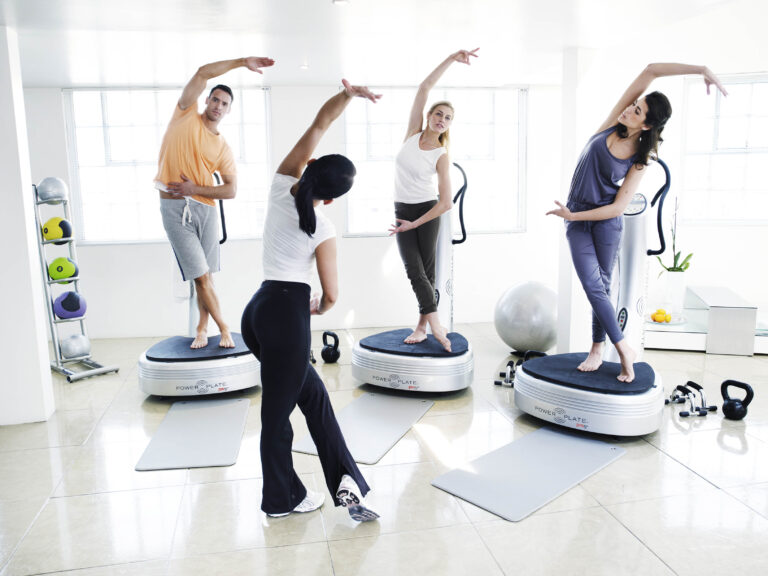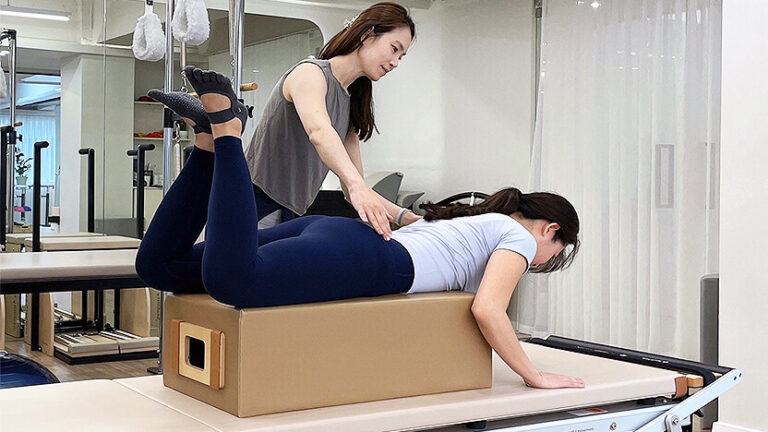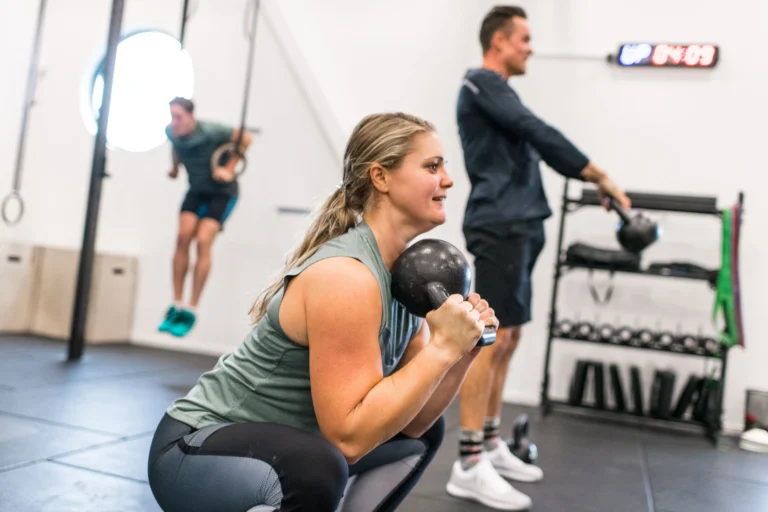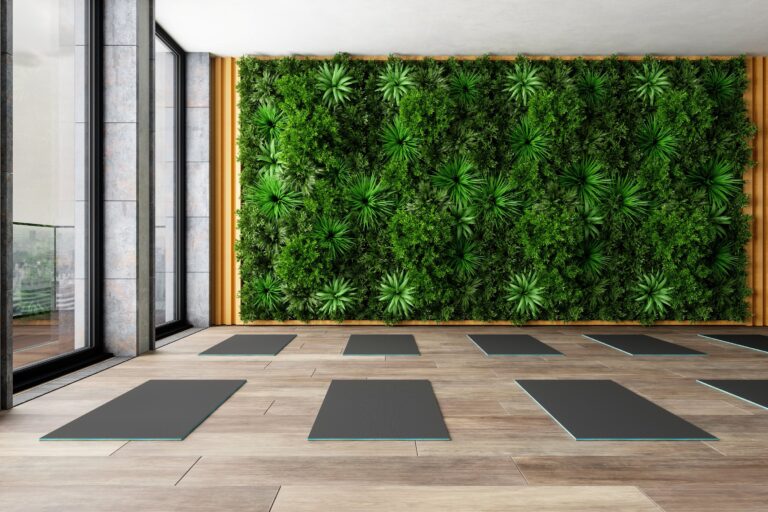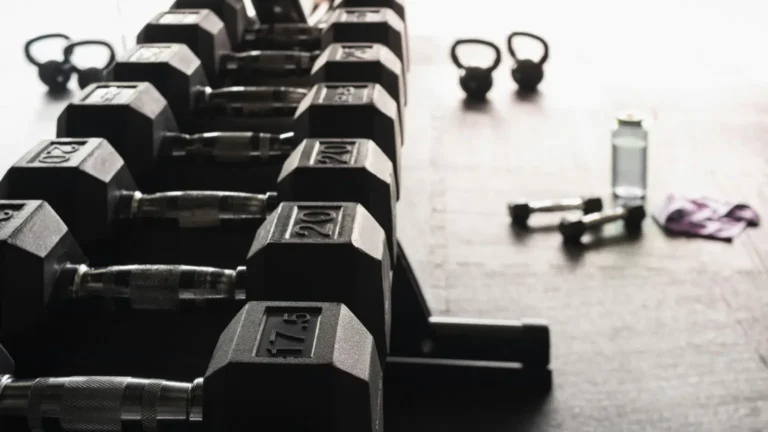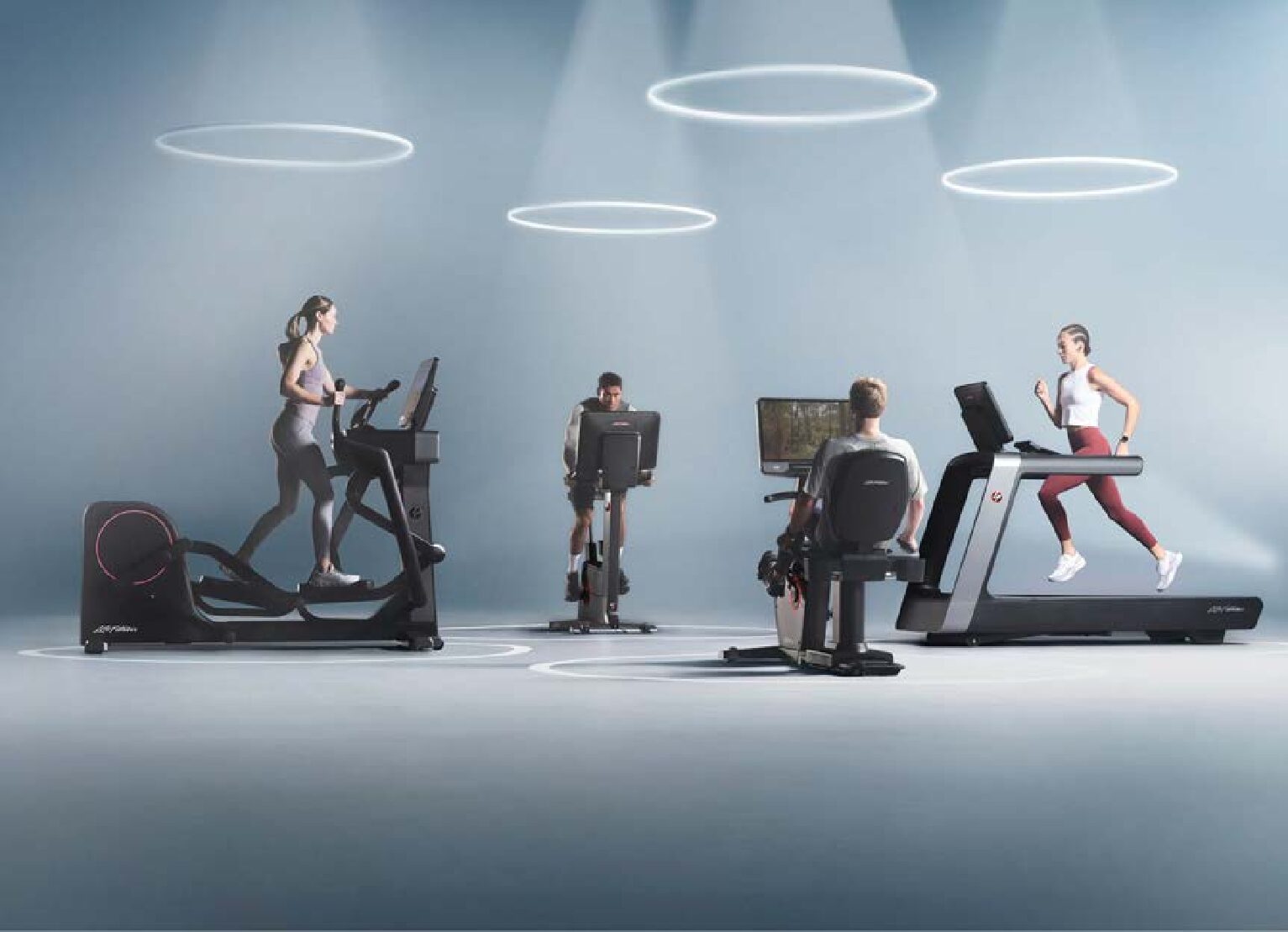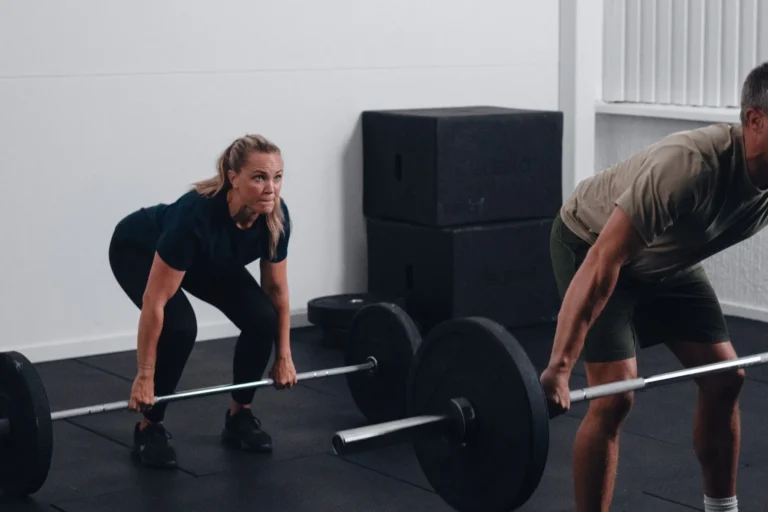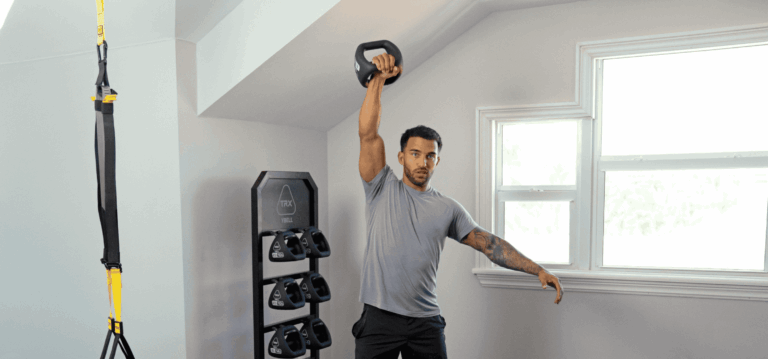Strength and Fitness: The CPF for Your Body
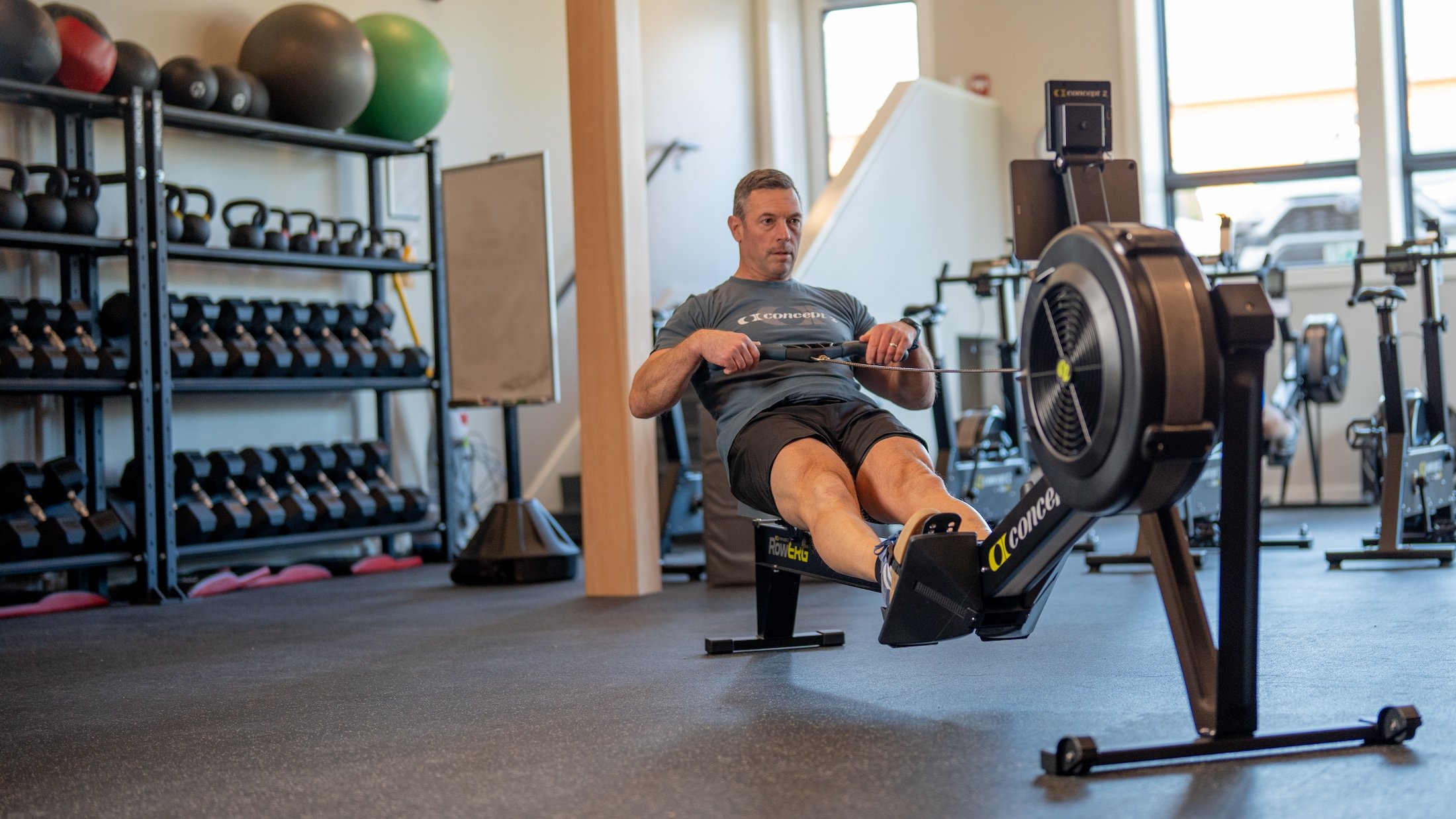
**The original text has been slightly modified to fit the local cultural context**
Over the past 4-5 years there has been a buzz around how best to age optimally. Who doesn’t want to be active and strong as long as possible?
So, what are the barriers keeping people from starting? The list can be a personal one, but I would bet the big three would be:
- I don’t know how to start
- I need to spend a lot of time in the gym
- I may get hurt
Don’t worry! It doesn’t have to be like that. You don’t need a degree in exercise physiology to make significant changes in your quality of life. The basics are simple. The most important thing is just starting.
I have heard Dr. Peter Attia use an analogy that I love: Strength and fitness is the CPF of aging well. (Strength and fitness is the 401K of aging well.) Some people have made health and strength a priority in their life and that is amazing. Congratulations to them! That scenario equates to someone who started saving money at a young age and now has a strength and fitness “nest egg” built up. If someone is late to the game and never really focused on improving health and fitness, you wouldn’t tell them that it’s too late and there is no need to try. It just means the sooner you start the better. You will always be better off trying to make improvements than just wishing you had.

KIS (Keep it Simple) Principle to Training
What do you need to be “in shape?” You need a well-functioning cardiovascular system, and muscle density and strength. As we age, we need muscles to not just look good on the beach, but to support joints and bones and allow us to be able to do “stuff”—especially fun stuff. And when the fun stuff gets too fun, muscle also can protect from falls and even improve metabolic health.
So, let’s see what a beginner erg/strength workout would look like. If you had a RowErg, SkiErg or BikeErg, and nothing else, you could do this.
The erg session should start out at a five-to-ten-minute moderate pace that lets the joints and lungs loosen up and give your body a heads up that something is coming.
Next, make up a circuit that will get you on and off the erg in combination with certain strength movements. One easy to understand example on the RowErg could look like this:
- Set your Performance Monitor for intervals of 200 meters. Complete these 200 meters as quickly as you can.
- Get off the RowErg and do a plank hold for 30 seconds to a minute. This can be scaled up to shoulder taps or pushups.
- Get back on the RowErg for another 200 meters, then do a wall sit for 30 seconds to 1 minute, bodyweight squats or weighted squats.
- Back to the RowErg for a third set of 200 meters, then do a core movement of 20–30 flutter kicks or sit-ups.
Go through this routine once, or multiple times, depending on your situation and time.
Try this 3–4 times a week for three weeks. After that look around the house for anything to help add resistance, like dumbbells, resistance bands, a chair, bench, or anything that might have a little weight to it.
The next thing that is important to practice is balance. At the end of your workout practice standing on one foot at a time for as long as you can. Be safe and have a way to catch yourself if you have trouble. The next level would be to try this with eyes closed or standing on something like a folded towel.
No matter your age it’s never too late to imagine what you want your future self to look and feel like. It is the choices you make today that your future self will thank you for later!

**The original text has been slightly modified to fit the local cultural context
Source: https://www.concept2.com/blog/strength-and-fitness-the-401k-for-your-body

